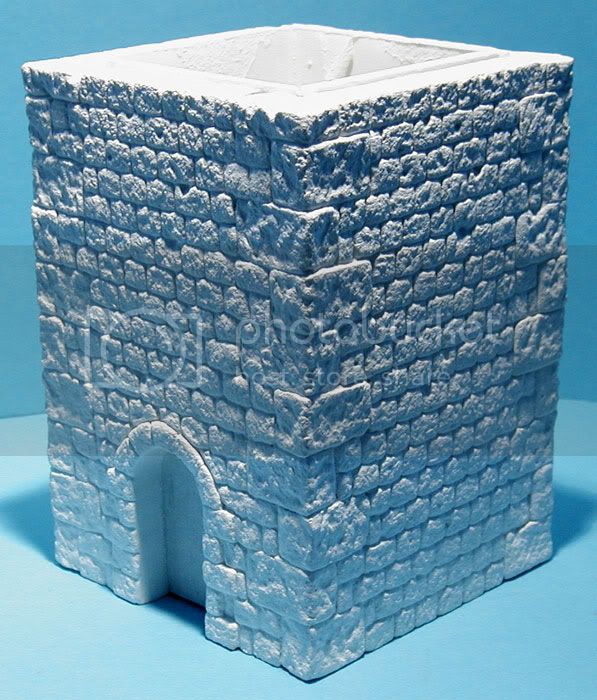Just like I promised on the Building forum, here's a short post on how to create a rock wall. First of all create a small frame out of balsa wood or something similar. It really doesn't matter what you use, make sure it is more or less rectangle shaped. Use some dental plaster to cast a wall panel. Here you can see some photos showing a simple mould (made form balsa wood, I'm also using some styrodur for the base, those balsa wood beams are held in place using pins)and a mould with some plaster already poured in:

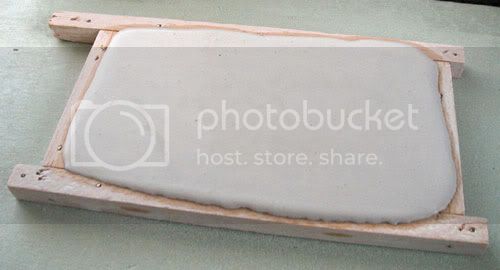
After about 6min (it really depends on the kind of plaster you're using) scrape the mould using a piece of plasticard (or a scraper). This picture shows the mould already scraped and ready for drying:
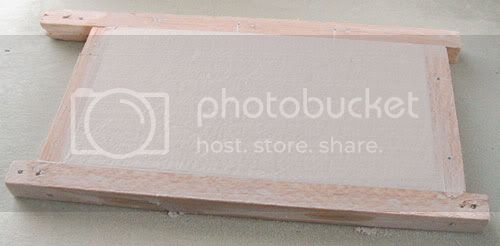
After about 25min, make sure the plaster is fairly dry and remove it from the mould (I had to decompose the whole frame to get the cast out). Here's a photo showing a panel removed frrm the mould, it's still wet so leave it for about a day to dry:
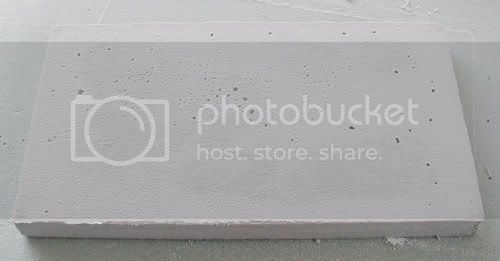
The next thing to do is to take a fairly uneven rock and press the rock against the panel's surface. This way we will create a cool texture which will be similar to a real wall. Unfortunatelly I haven't got a picture showing this process but you can see the final effect on a finished piece at the end of this post.
The next step is to scribe the wall to create all the rocks. I used some dental tools for this and I guess it is the best thing to use. You should be able to buy such tools at your local dentist store. After scribing some simple rectangle rocks which you can see here:
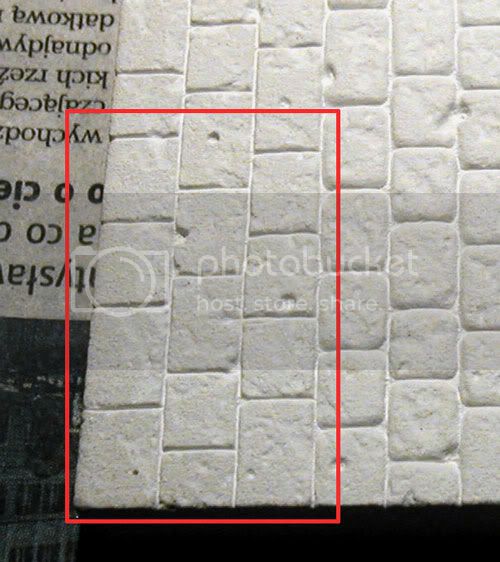
try to make them a little bit more oval (but not too much), making sure you scribe all those corners and edges, so the rocks is a bit smoother (normal rocks that are being exposed to a lot of rain and other factors tend to lose all sharp edges). Here you can see a row of rocks that shows what I'm talking about:
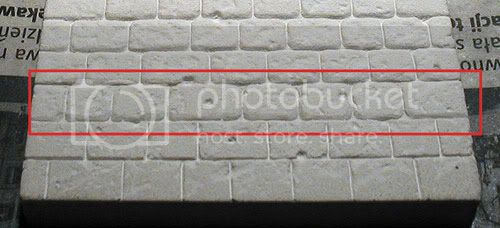
After that you just have to take a brush with some hard bristles and use it on the panel to bring out the details and remove any visible sharp edges. And that's pretty much the whole process. Here's a finished wall piece:
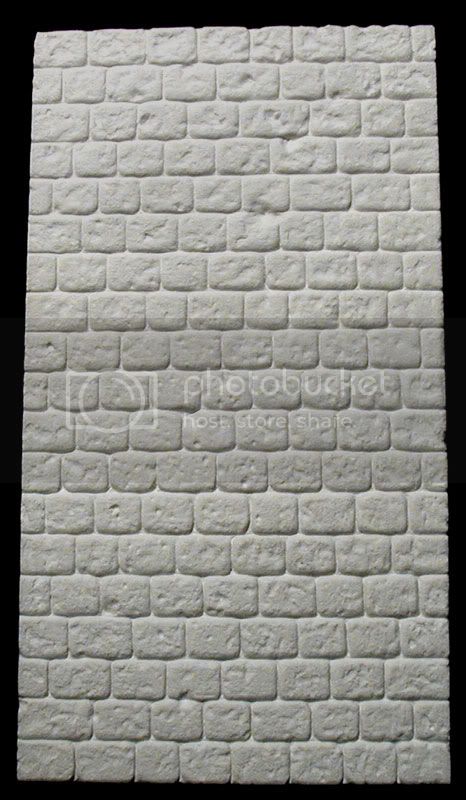
Hope this will help you with your next wall project:) The next thing I want to create is a corner piece which will allow me to connect similar wall panels. I'm still thinking about it, but will try to post some pics as soon as I take some. Cheers!!
dsc.
PS. Happy Easter Holidays!!


























